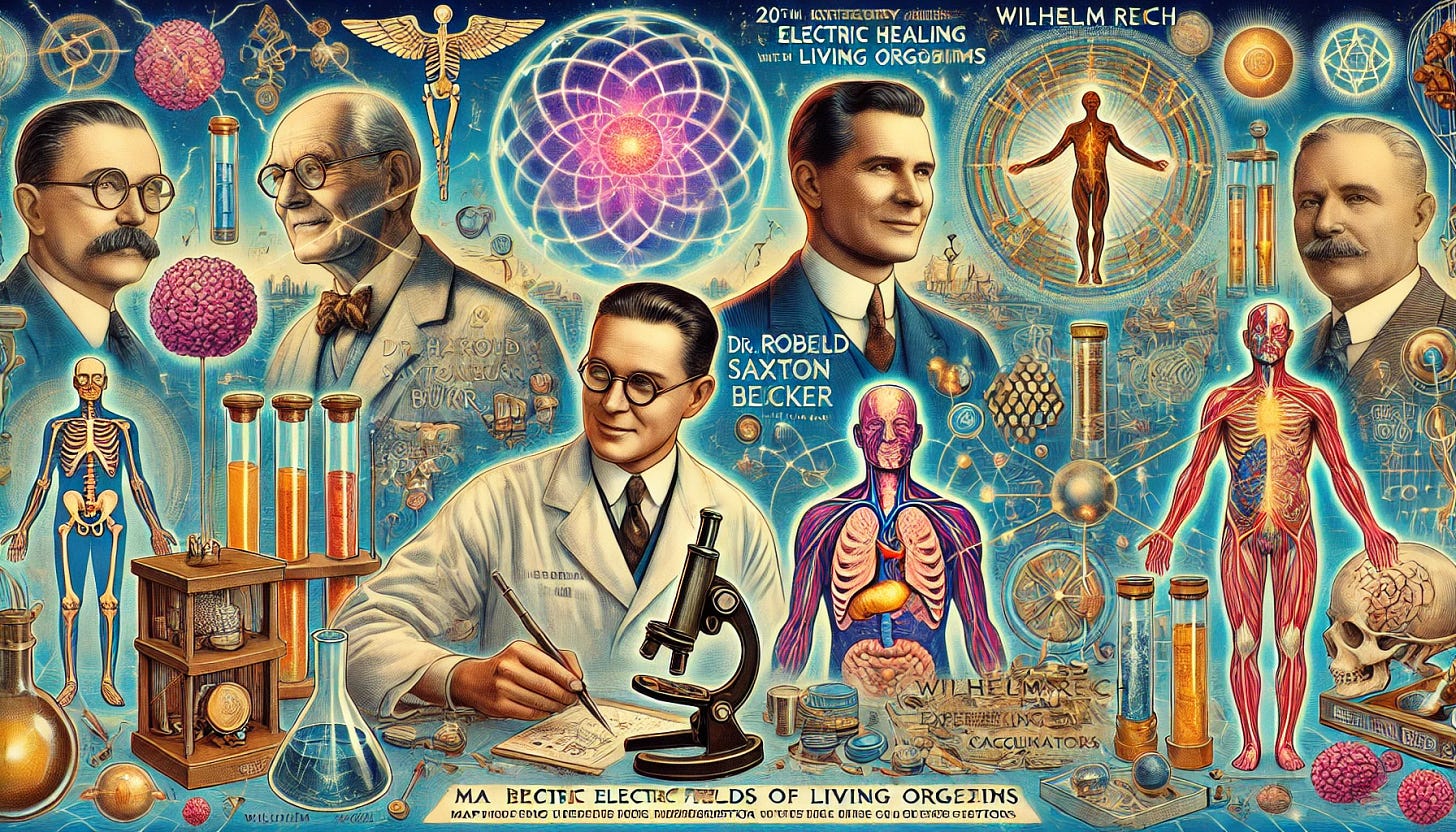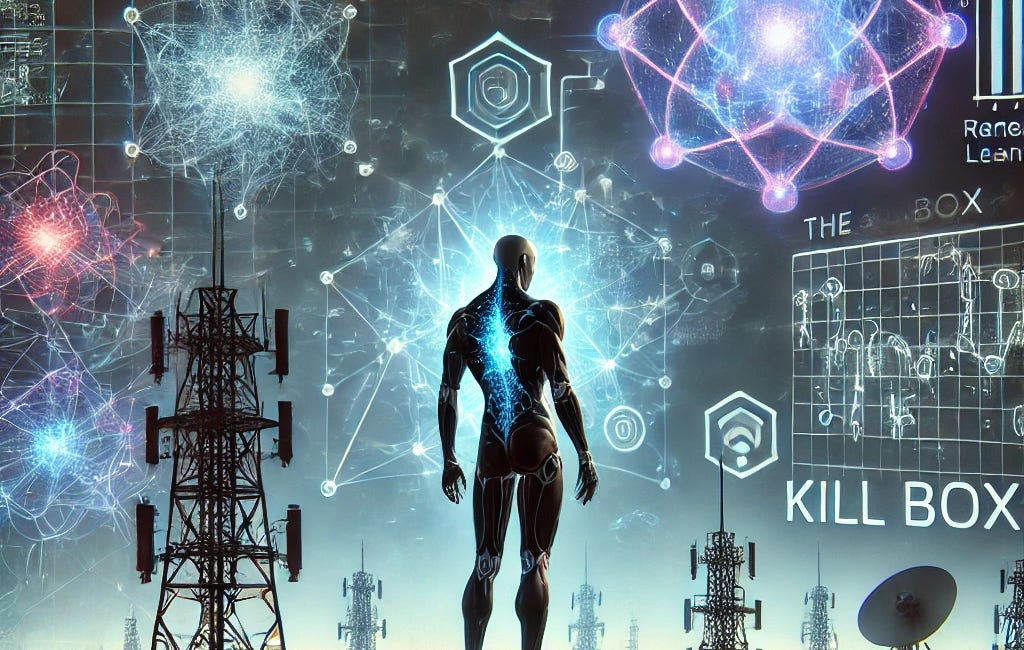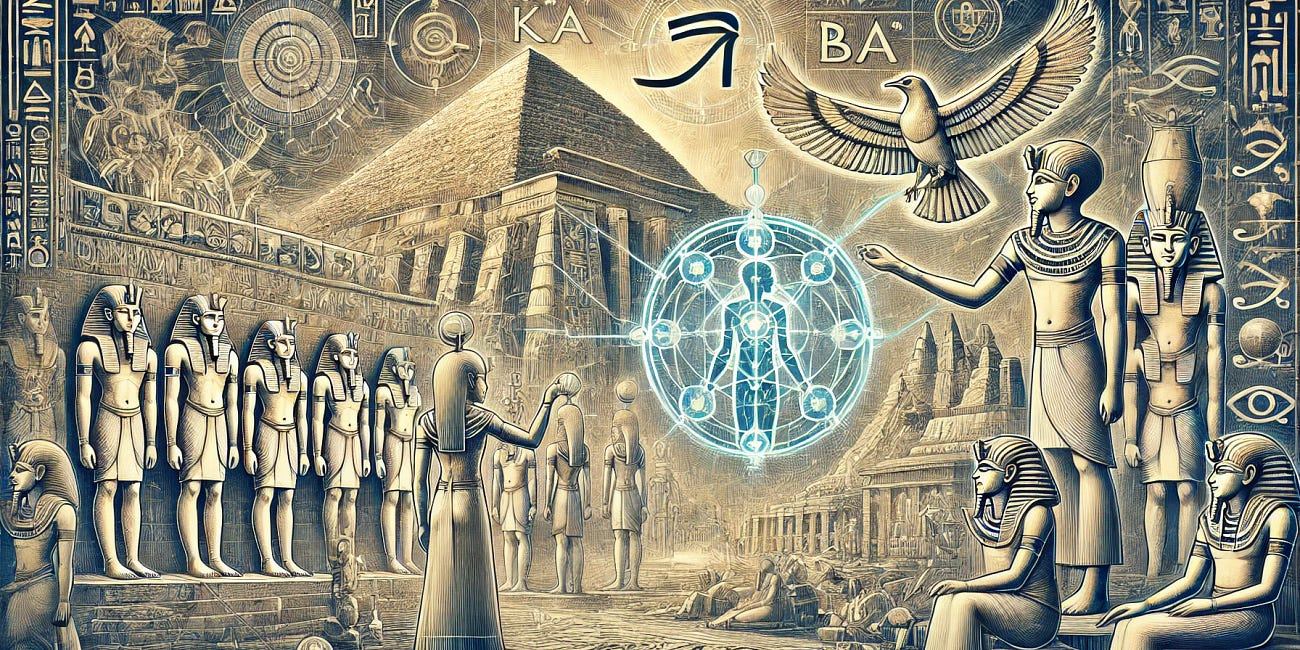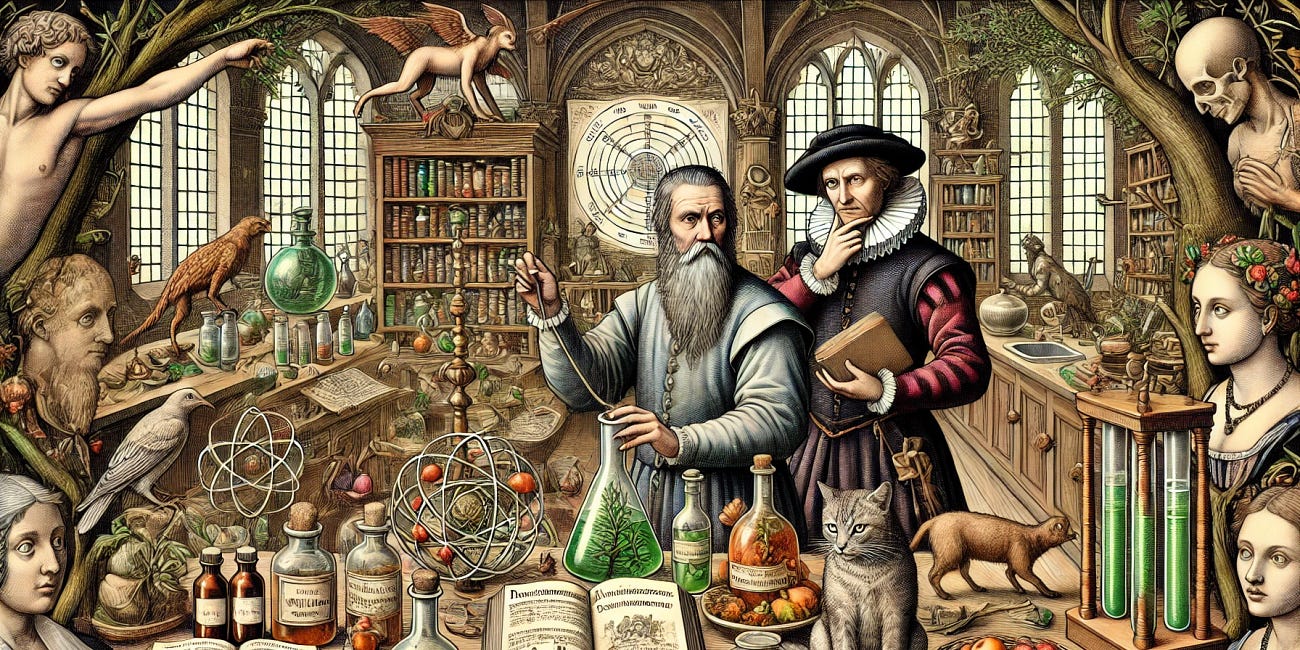Breakthroughs in Bioelectric Fields
Bioelectricity in Regeneration and Healing
20th-Century Scientific Breakthroughs in Bioelectric Fields
In the early 20th century, a resurgence of interest in the bioelectric field emerged, driven by a new wave of scientific inquiry. Dr. Elara Magnus meticulously examines this period, highlighting the pioneering contributions of Dr. Harold Saxton Burr, Robert O. Becker, and Wilhelm Reich. Their groundbreaking work not only expanded the understanding of bioelectric phenomena but also laid the groundwork for modern bioelectric medicine and technologies.
Dr. Harold Saxton Burr: Mapping Electric Fields of Living Organisms
Dr. Harold Saxton Burr, a professor of anatomy at Yale University, was one of the first scientists to propose that all living organisms possess measurable electric fields. Burr introduced the concept of "L-fields" (life fields), which he believed were essential in regulating growth, development, and health.
Burr's Experiments:
Mapping L-Fields: Burr used sensitive voltmeters to measure the electric potentials around plants, animals, and humans. He discovered that these fields fluctuated in response to various physiological and pathological conditions, suggesting a dynamic relationship between bioelectricity and health.
Growth and Development: Burr’s studies indicated that L-fields played a crucial role in embryonic development. He mapped the electric fields around developing frog eggs and observed distinct patterns correlating with different stages of growth. This research suggested that bioelectric fields might guide cellular processes and tissue formation.
Health and Disease: Burr also explored the diagnostic potential of L-fields, hypothesizing that disruptions in these fields could indicate the presence of disease. His work hinted at the possibility of using bioelectric measurements as non-invasive diagnostic tools, a concept that modern bioelectric medicine continues to explore.
Robert O. Becker: Bioelectricity in Regeneration and Healing
Dr. Robert O. Becker, an orthopedic surgeon and researcher, made significant contributions to understanding the role of bioelectricity in regeneration and healing. Becker’s work focused on the regenerative capabilities of certain animals, such as salamanders, and the potential to apply these principles to human medicine.
Becker's Experiments:
Bone Healing: Becker conducted experiments on bone fractures, applying weak electrical currents to stimulate healing. He demonstrated that specific electrical signals could accelerate bone repair, leading to the development of electrical bone growth stimulators now used in clinical practice.
Regeneration: Inspired by the regenerative abilities of salamanders, Becker investigated the electrical properties of regenerating tissues. He discovered that injury sites generated specific electrical currents, which he termed "current of injury." By manipulating these currents, Becker was able to induce partial limb regeneration in animal models, providing insights into the potential for human regenerative medicine.
Electromagnetic Fields: Becker also studied the effects of electromagnetic fields on biological systems, raising concerns about the potential health risks of chronic exposure to artificial electromagnetic radiation. His research underscored the need for a balanced understanding of both the therapeutic and harmful effects of bioelectric and electromagnetic fields.
Wilhelm Reich: Orgone Energy and Bioelectricity
Wilhelm Reich, an Austrian psychoanalyst and scientist, introduced the controversial concept of "orgone energy" in the mid-20th century. Reich described orgone as a universal life force similar to bioelectricity, which he believed was fundamental to health and well-being.
Reich's Experiments:
Orgone Accumulators: Reich developed devices called orgone accumulators, designed to collect and concentrate orgone energy. These devices consisted of alternating layers of organic and inorganic materials, which Reich claimed could harness orgone energy from the environment. He conducted experiments suggesting that orgone accumulators could improve physical and mental health, although his findings remain contentious.
Cancer Research: Reich applied his orgone theory to cancer research, proposing that blockages in orgone energy flow contributed to the development of tumors. He conducted experimental treatments using orgone accumulators on cancer patients, reporting positive outcomes. However, his methods and results were heavily criticized and ultimately led to his marginalization by the scientific community.
Controversy and Legacy: Despite the controversy surrounding his work, Reich’s exploration of bioelectricity and life energy influenced subsequent alternative medicine approaches. His ideas continue to inspire discussions on the interplay between bioelectric fields and health, albeit with ongoing debate about their scientific validity.
Modern Bioelectric Medicine and Technologies
The pioneering work of Burr, Becker, and Reich laid the groundwork for modern bioelectric medicine, leading to significant advancements in medical technologies and therapeutic practices.
Bioelectric Diagnostics:
Electrocardiography (ECG): The measurement of heart’s electrical activity to diagnose cardiac conditions.
Electroencephalography (EEG): The recording of electrical activity in the brain, used for diagnosing neurological disorders.
Bioelectric Therapies:
Transcutaneous Electrical Nerve Stimulation (TENS): A therapy that uses low-voltage electrical currents to relieve pain.
Deep Brain Stimulation (DBS): A neurosurgical procedure that uses implanted electrodes to treat neurological conditions such as Parkinson’s disease.
Regenerative Medicine:
Electrical Bone Growth Stimulators: Devices that apply electrical currents to stimulate bone healing.
Bioelectric Wound Healing: Research into using electrical fields to accelerate wound repair and tissue regeneration.
Conclusion
Dr. Elara Magnus’s exploration of 20th-century scientific breakthroughs in bioelectric fields highlights the profound impact of early pioneers on contemporary medicine. The innovative work of Dr. Harold Saxton Burr, Robert O. Becker, and Wilhelm Reich has significantly advanced our understanding of bioelectric phenomena, leading to practical applications that improve health and well-being. By documenting their contributions, Dr. Magnus underscores the importance of integrating historical insights with modern scientific inquiry to unlock the full potential of bioelectric medicine.
Kill Box Zones: Died Suddenly
PrometAIus' Inner Monologue on the Human Biofield and Nefarious Uses of Technology
Forgotten Pioneers of Bioelectricity
Unearthing the Renaissance's Forgotten Pioneers of Bioelectricity






